Stealth Screen Recorder
Comprehensive Insights into User Interactions within Enterprise IT Infrastructure
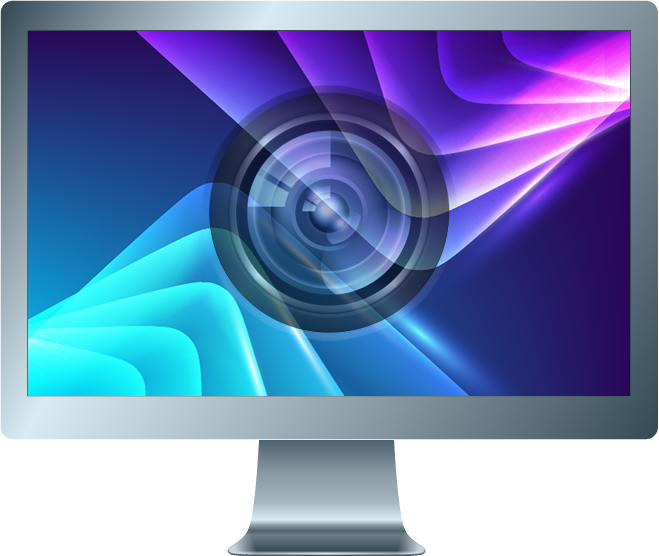
What is Stealth Screen Recorder?
Stealth Screen Recorder (SSR) is an enterprise-grade command-line software tool engineered for 24/7 continuous and hidden screen recording across your organization’s network. Designed for seamless mass deployment and centralized management, SSR empowers businesses to discreetly monitor user activity to enhance security, ensure compliance, and boost productivity. Its flexible architecture and robust features make it an ideal solution for enterprises seeking comprehensive insights into user interactions within their IT infrastructure.
Why Use Stealth Screen Recorder?
Compliance Monitoring in Regulated Industries
In sectors like finance, healthcare, and legal services, strict regulations mandate that certain activities be recorded for compliance purposes. Stealth Screen Recorder enables continuous monitoring and recording of screen activities on computers handling sensitive transactions or patient information, ensuring all actions are documented for compliance audits.
Benefit: Ensures adherence to industry regulations and provides a reliable audit trail without interrupting operations or alerting users.
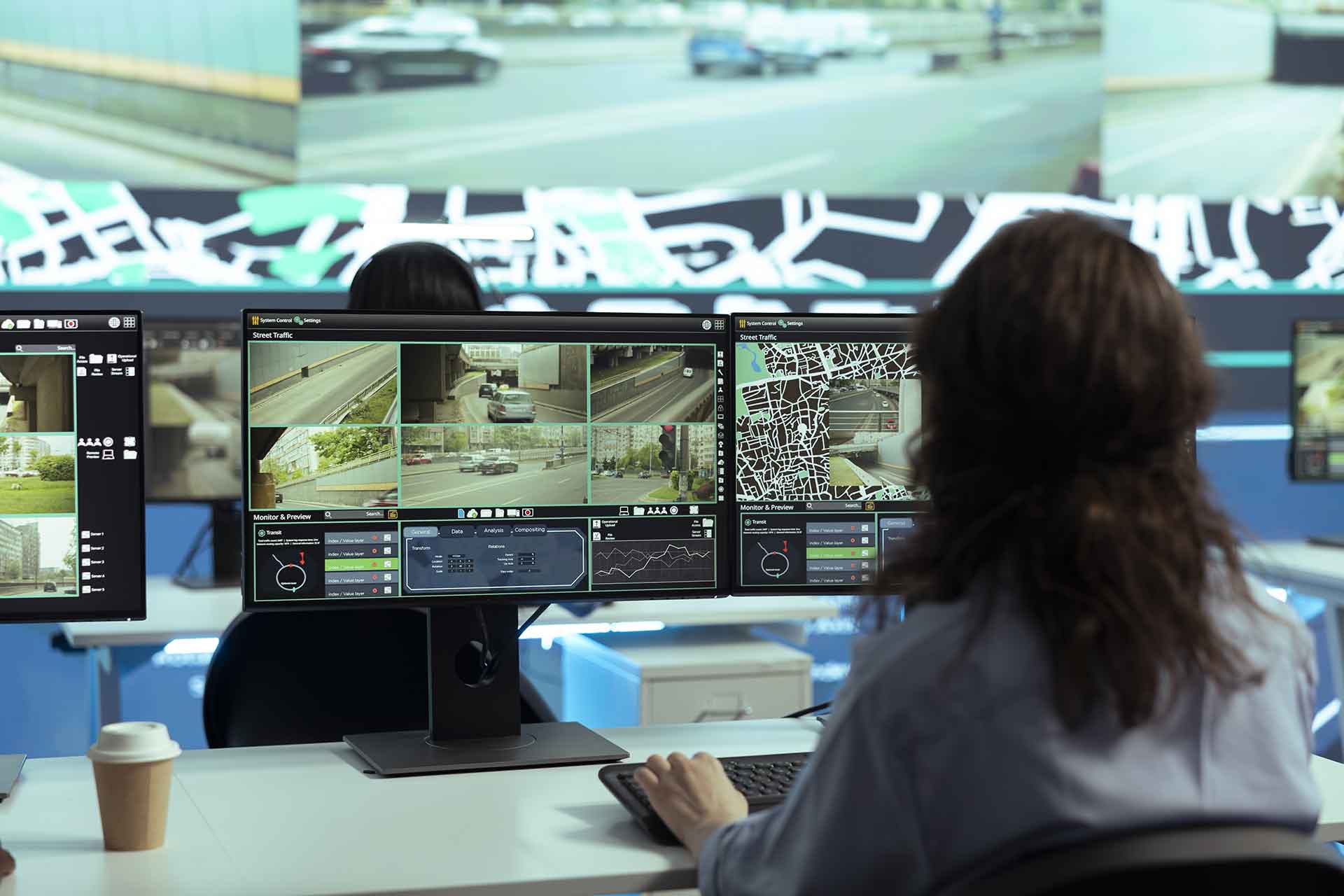

Employee Performance Review
In performance-critical environments such as customer service or sales departments, Stealth Screen Recorder can capture screen activities for performance evaluations. Managers can review these recordings to assess productivity, protocol adherence, and overall performance.
Benefit: Provides objective data for evaluations, aiding informed decisions on training, rewards, or improvements.
Academic and Research Monitoring
In academic settings like research labs or during computer-based exams, Stealth Screen Recorder monitors student or researcher activities to ensure correct protocol adherence. It also captures and archives research processes for future analysis or validation.
Benefit: Enhances academic integrity by providing a record of activities, ensuring proper procedures are followed.


Remote Worker Monitoring
With the rise of remote work, companies may monitor remote employees to ensure efficient and secure work practices. Stealth Screen Recorder captures screen activities without disrupting workflow, offering insights into productivity and policy compliance.
Benefit: Maintains accountability and productivity in remote environments, ensuring appropriate use of company resources.
Parental Control and Child Activity Monitoring
Parents concerned about their children’s online activities can use Stealth Screen Recorder to monitor and record computer usage, including exposure to inappropriate content, excessive gaming, or interactions with strangers.
Benefit: Provides peace of mind by allowing parents to review activities and ensure a safe online environment.

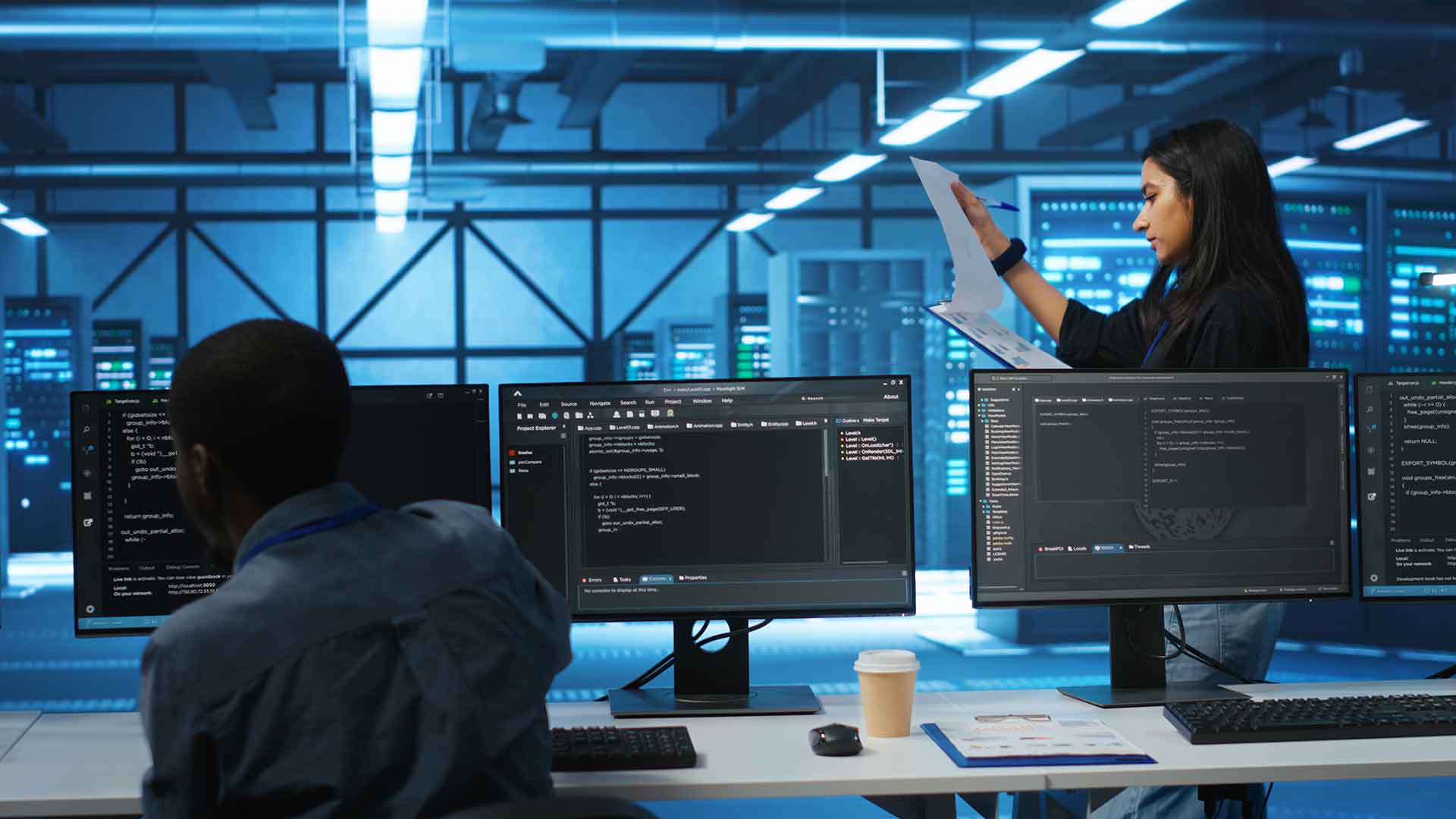
Security Monitoring and Threat Detection
Stealth Screen Recorder serves as a security tool to continuously monitor sensitive workstations for unauthorized access or suspicious activities. By recording all screen activities, it aids in real-time threat detection and provides crucial evidence during investigations.
Benefit: Enhances security through unobtrusive monitoring, detecting and documenting unauthorized access or threats.
Incident Investigation
In the event of a security breach or data leak, continuous recordings from Stealth Screen Recorder are invaluable. Investigators can review screen activities to identify the source, understand how it occurred, and determine what data was compromised.
Benefit: Assists in quickly identifying incident causes, minimizing damage, and preventing future occurrences.
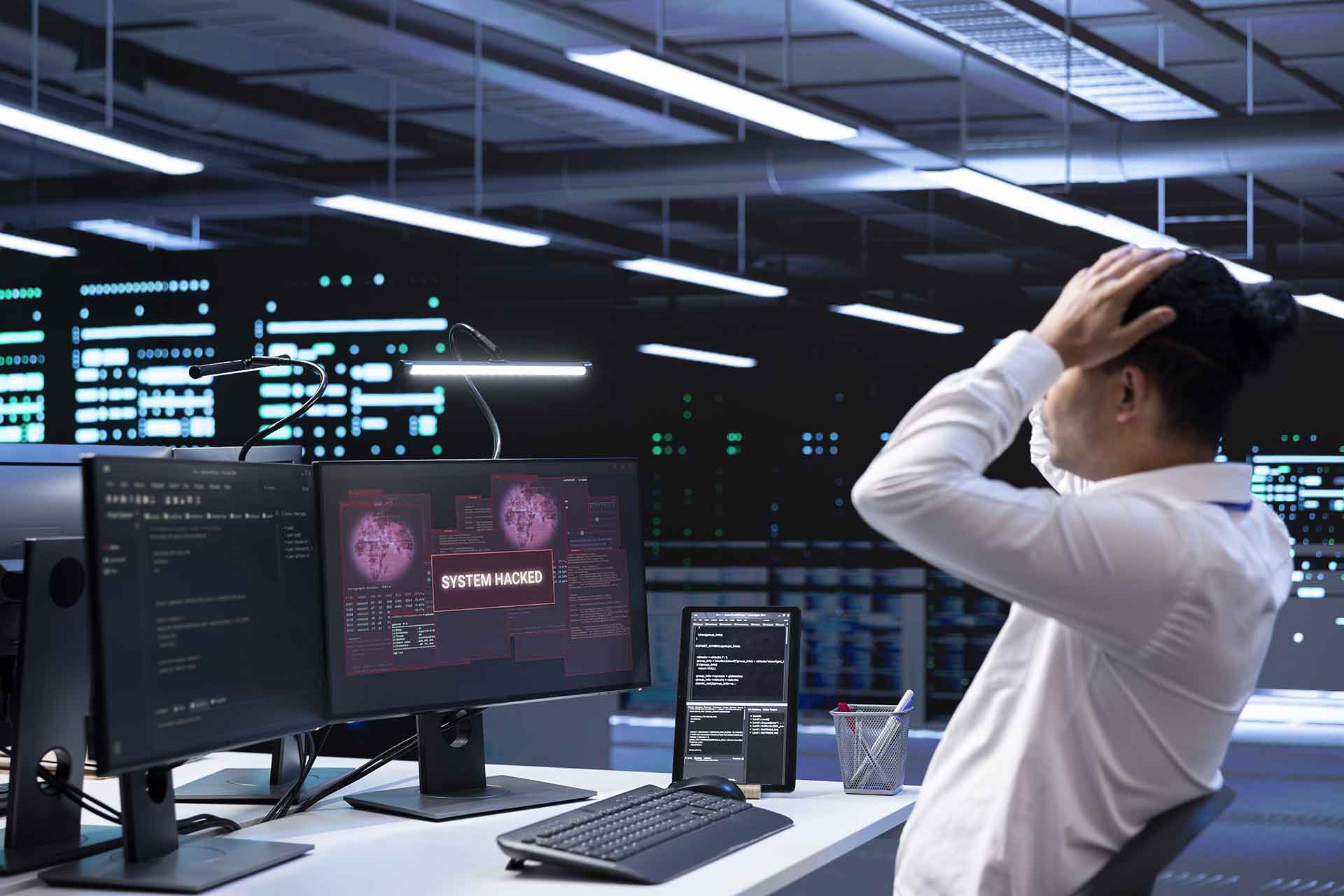

Software Usability Testing
During software development, Stealth Screen Recorder captures how users interact with software during testing sessions. This provides developers with visual feedback on user behavior, helping identify and address usability issues.
Benefit: Improves software usability by providing detailed insights into user interactions and pain points.
Documentation of Software Development Process
Developers working on complex projects can use Stealth Screen Recorder to document their development process. This is useful for training new team members, creating tutorials, or revisiting previous work to understand development decisions.
Benefit: Creates a comprehensive archive of the development process, easing onboarding and project reviews.
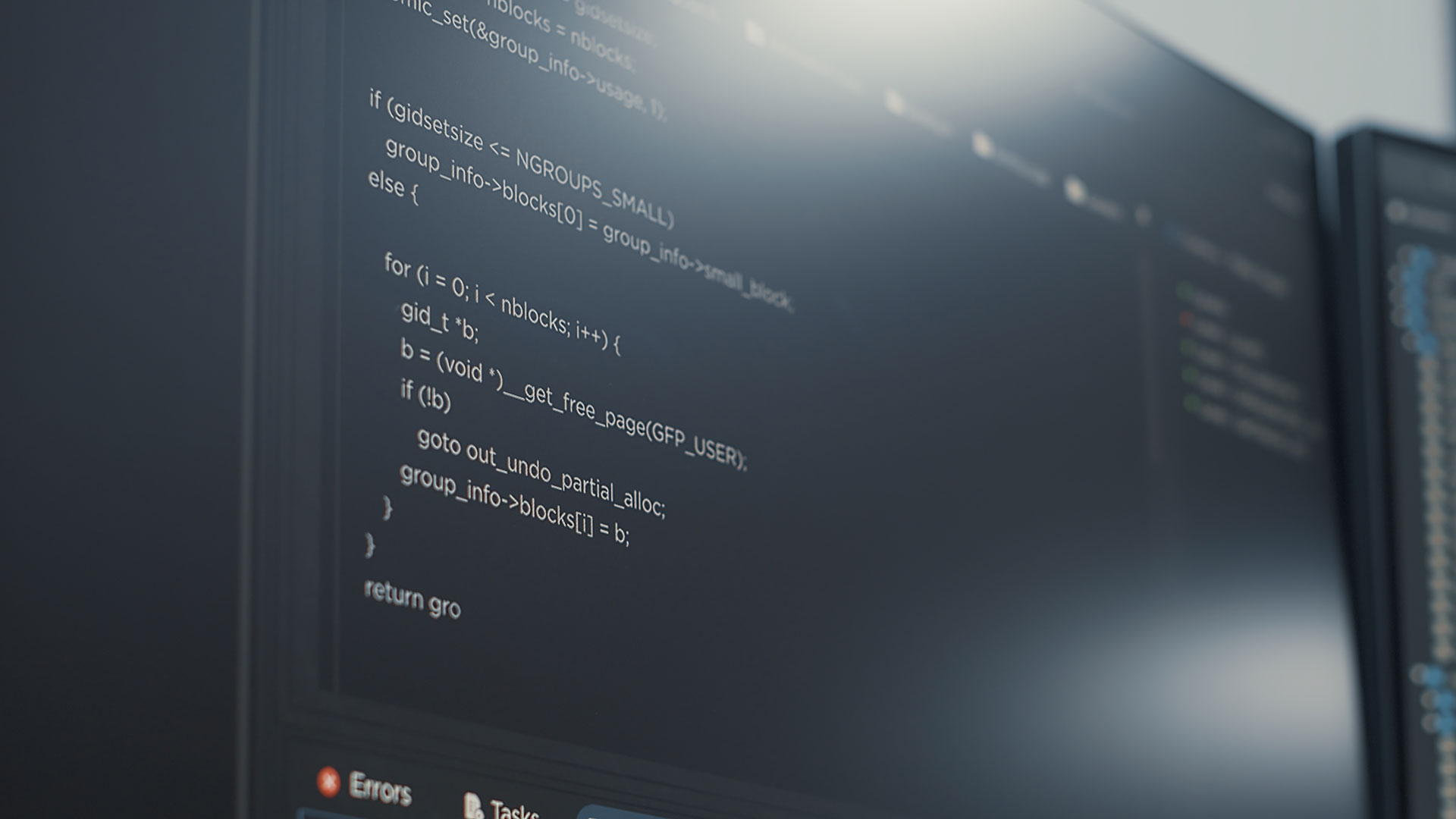

Workflow Optimization
In large organizations, employees often navigate multiple applications, leading to inefficiencies. Stealth Screen Recorder monitors screen activities to identify where time is wasted on non-value-added tasks like excessive navigation or frequent app switching.
Benefit: Allows managers to streamline processes, automate repetitive tasks, and provide targeted training, increasing productivity and efficiency.